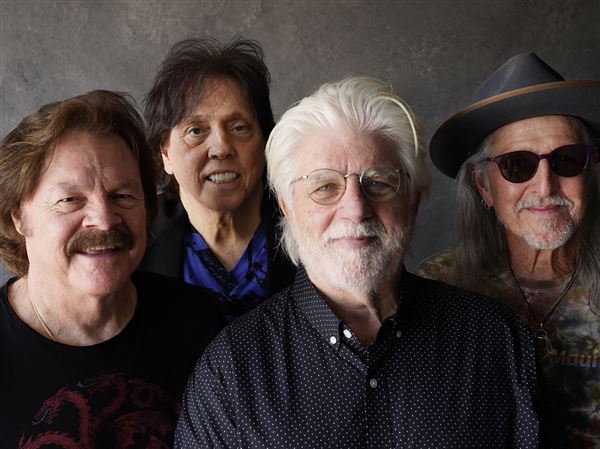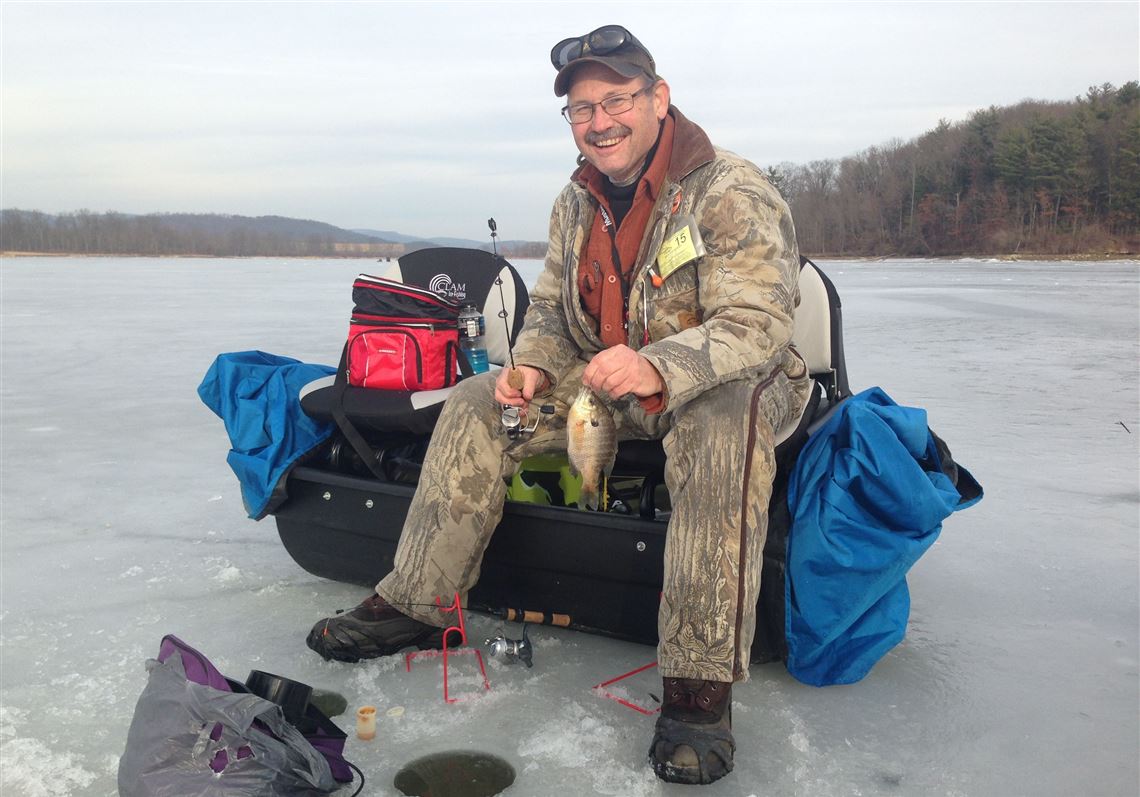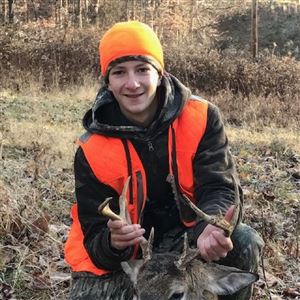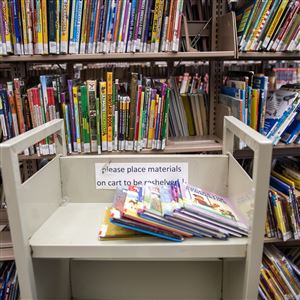The state Fish and Boat Commission has been tightening its belt for years, but most anglers haven’t felt the pinch.
Staff continue to raise and stock 3.2 million trout per year, support co-op nurseries that raise additional trout, oversee industrial watershed impacts, study aquatic species and habitats, manage wildlife in Pennsylvania waterways, repair failing dams, administer boating permits and police the laws and regulations governing fishing and boating.
The work is done by a staff that has lost one-fifth of its roster through attrition, working on a $52 million budget mostly funded by the sale of licenses and permits that have not increased in price since 2004, with no ability to tap into the state treasury.
Through nearly eight years at the helm, executive director John Arway has warned state legislators that the agency was approaching a financial ledge. Pass that point without their consent for a revenue increase, he said, and the agency will be forced to do less.
“It’s as simple as that,” said Arway. “We’ve come to the point where we’re at a crossroad relative to what we can do to meet anglers’ and boaters’ expectations. We’ve stretched every dollar. If we don’t get a revenue increase programs will be cut from the 2018-19 budget.”
If it reaches that point, he said, anglers and boaters will finally feel the pain. During a six-stop statewide tour that started in Harrisburg, Arway and staff are asking for help in deciding which programs to keep, cut or trim. A questionnaire will be distributed during an open forum starting at 2:30 p.m. Saturday at the 33rd Allegheny Outdoor, Sport and Travel Show at the Monroeville Convention Center at Monroeville Mall.
Arway says a string of funding ideas has reached the end of the line. Those that have come and gone or been tabled include a severance tax on shale gas, fees applied to the export of Pennsylvania water and merging the Fish and Boat and Game commissions. Last year the agency commissioned Penn State Small Business College to draft a new Fish and Boat business plan. Still, says Arway, the agency can’t meet upcoming pension obligations, match grants to repair high-hazard dams, fill nearly 20 law control positions or operate the Fish and Boat training academy.
Last year a controversial bill that would allow the agency to set its own license and permit fees passed the state Senate but stalled in the House. The board of commissioners ordered Arway to get more money or slash $2 million from the agency’s 2018-19 budget. Seven and a half years into his tenure as director, Arway announced that in addition to other programming cuts he would close two warmwater hatcheries and a trout hatchery if the House didn’t move on the bill.
Months before an election, Arway’s agency posted a webpage mapping the hatcheries that would be closed and informing voters which legislators were responsible for the loss of 220,000 stocked trout.
That didn’t work. In record time a bill was drafted, passed in the Senate and rushed to the House that would put an eight-year term limit on the position of Fish and Boat executive director.
Arway said the dual purpose of the forum tour is to educate anglers and boaters about what the agency does, and ask for advice on what to do if it doesn’t get a license-fee increase. He expects a lot of questions.
Senate Bill 935
After speeding through the state Senate, a bill that would term-limit the tenure of Fish and Boat executive director has idled in the House Game and Fisheries committee since October, 2017.
“March 2 will be the eight-year anniversary of my getting this job,” said Arway. “Nobody has called and told me [whether the bill is] going to move or not move.”
The commission’s directive to pull $2 million from Fish and Boat’s 2018-19 budget stands. The list of legislators who voted against the license-fee bill was quickly pulled from the Fish and Boat website.
Setting license fees
Arway stands by his threat — he calls it an “obligation” — to close hatcheries unless there’s movement on the license-fee bill by July, when the 2018-19 budget is due. Sister bills permitting Fish and Boat and the Game Commission to set their own license fees passed in the Senate but are not moving in the House. Potentially on the chopping block are a trout hatchery in Oswego (Potter County), and warm-water hatcheries in Union City (Erie) and Vandyke (Juniata).
Funding options
For seven years Arway has been touting an unassessed stream project with a goal of documenting the quality of some 40,000 Pennsylvania waterways. At last year’s Wild Trout Summit at State College, Arway and staff explained that pollution-sensitive native trout in self-sustaining numbers are used as a bellwether of water quality. The waterways assessment project has so far surveyed more than 13,000 streams, adding 1,134 new entries to the list of wild trout stream sections. Those entries trigger special state and federal watershed protections.
“That research, paid for by angler and boater dollars, is being used for the benefit of all Pennsylvanians who benefit from clean water, which is initially indicated by documenting the presence of wild brook and brown trout,” said Arway. “Is it fair for some of that research money to come from the state treasury?”
And while talking about benefits to the general public, how about the $1.2 billion spent on fishing and boating in Pennsylvania? Arway said 6 percent goes to the state treasury through sales taxes. That’s $72 million.
“Just getting back the taxes anglers [and boaters] already pay for recreation on our waterways would go a long way in protecting [Fish and Boat] from insolvency,” said Arway.
Self-sustaining programs are not at risk, he said. Steelhead fishing, for instance, is financed through the sale of Lake Erie permits required of anglers and boaters who make use of the lake and its tributaries.
“Maybe we need more self-sustaining programs,” said Arway.
For every license and permit sold -- even voluntary $1 youth fishing licenses -- Fish and Boat gets $5 from the federal government.
“We spend $1 million a year on muskies. Could there be a voluntary stamp for muskie anglers? A voluntary wild trout stamp? Voluntary shad and striper stamps? We’re considering that.”
How about a voluntary Susquehanna River stamp to help with the cleanup of that crucial waterway?
“The Susquehanna is fishing better than it’s fished since 2005,” said Arway. “We’ve had good flows and temperatures during the smallmouth spawn, and the frequency of disease showing up in the young fish is declining.”
The federal Environmental Protection Agency recently approved a plan to keep the river in limbo by refusing during the next three years to state whether or not the river is “impaired.” Such a ruling would trigger federal action.
“A voluntary Susquehanna stamp to help with our research sampling fish, water quality and algae, especially while the fishing is good? Who knows?”
Allegheny Outdoors, Sport and Travel Show, runs Friday-Sunday at Monroeville Convention Center. Tickets $12 door, $9 with coupon, free for kids 12 and under. Cash only, free parking. Find hours, seminar schedule and other details at sportandtravel.com, showinfo@expoinc.com and 216-529-1300.
First Published: February 11, 2018, 5:00 a.m.


















